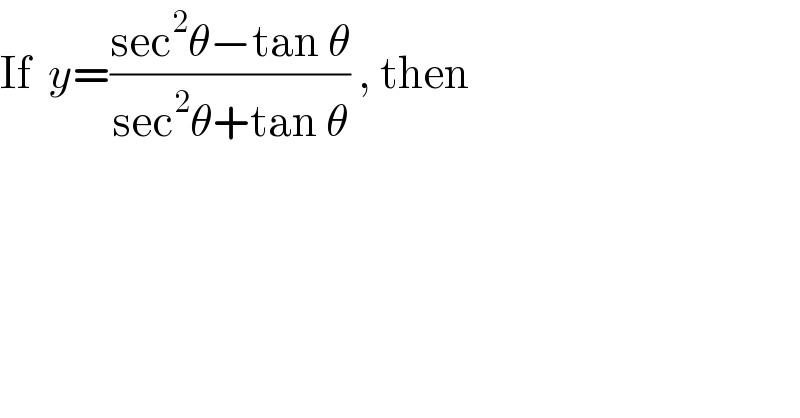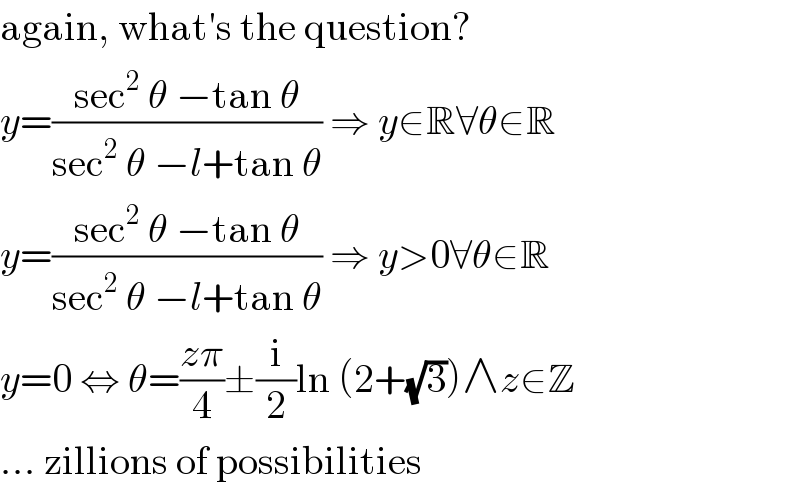
Question and Answers Forum
Question Number 45844 by ahmadpat222@gmail.com last updated on 17/Oct/18

Commented by MJS last updated on 17/Oct/18

Answered by MJS last updated on 17/Oct/18

| ||
Question and Answers Forum | ||
Question Number 45844 by ahmadpat222@gmail.com last updated on 17/Oct/18 | ||
 | ||
Commented by MJS last updated on 17/Oct/18 | ||
 | ||
Answered by MJS last updated on 17/Oct/18 | ||
 | ||
| ||